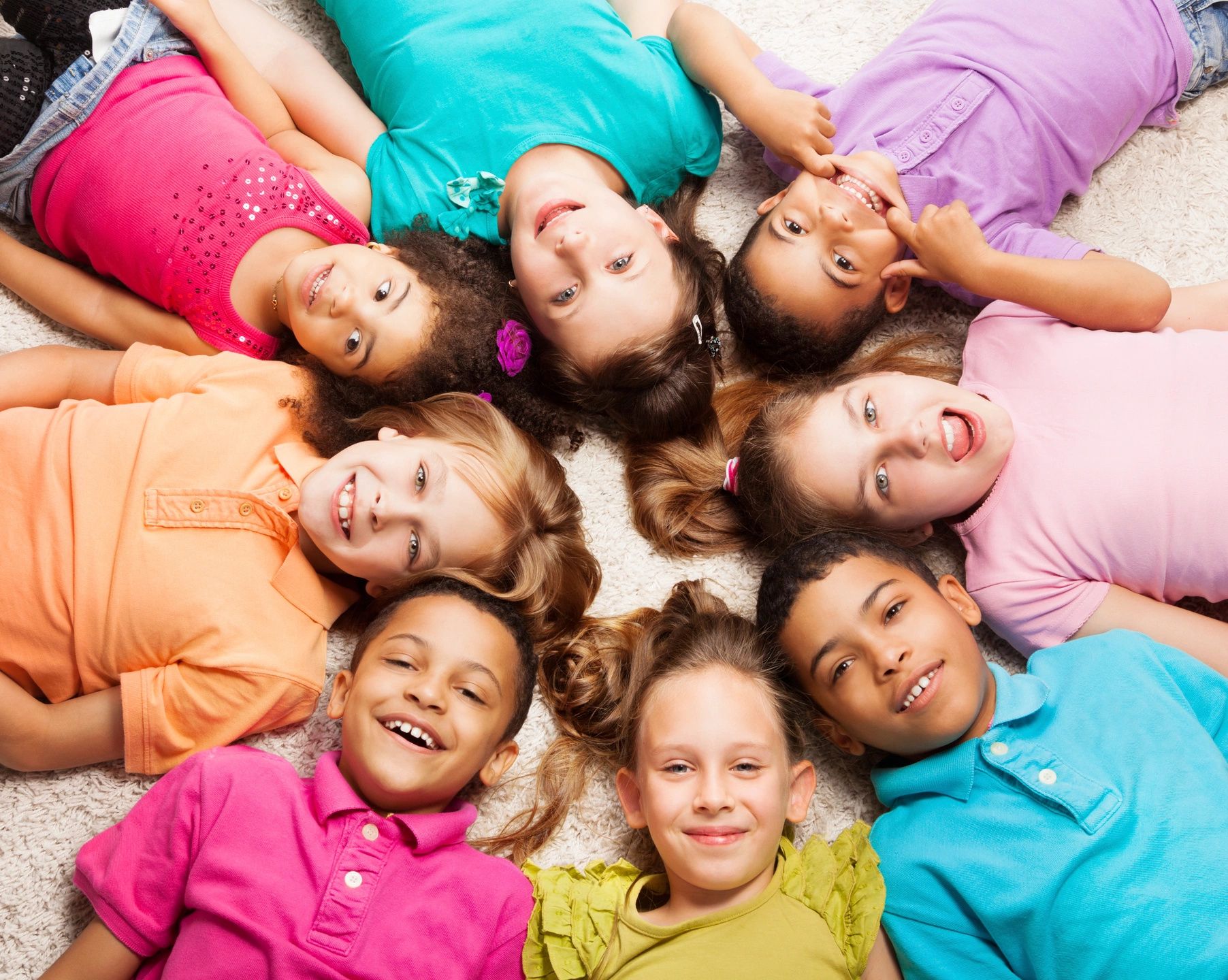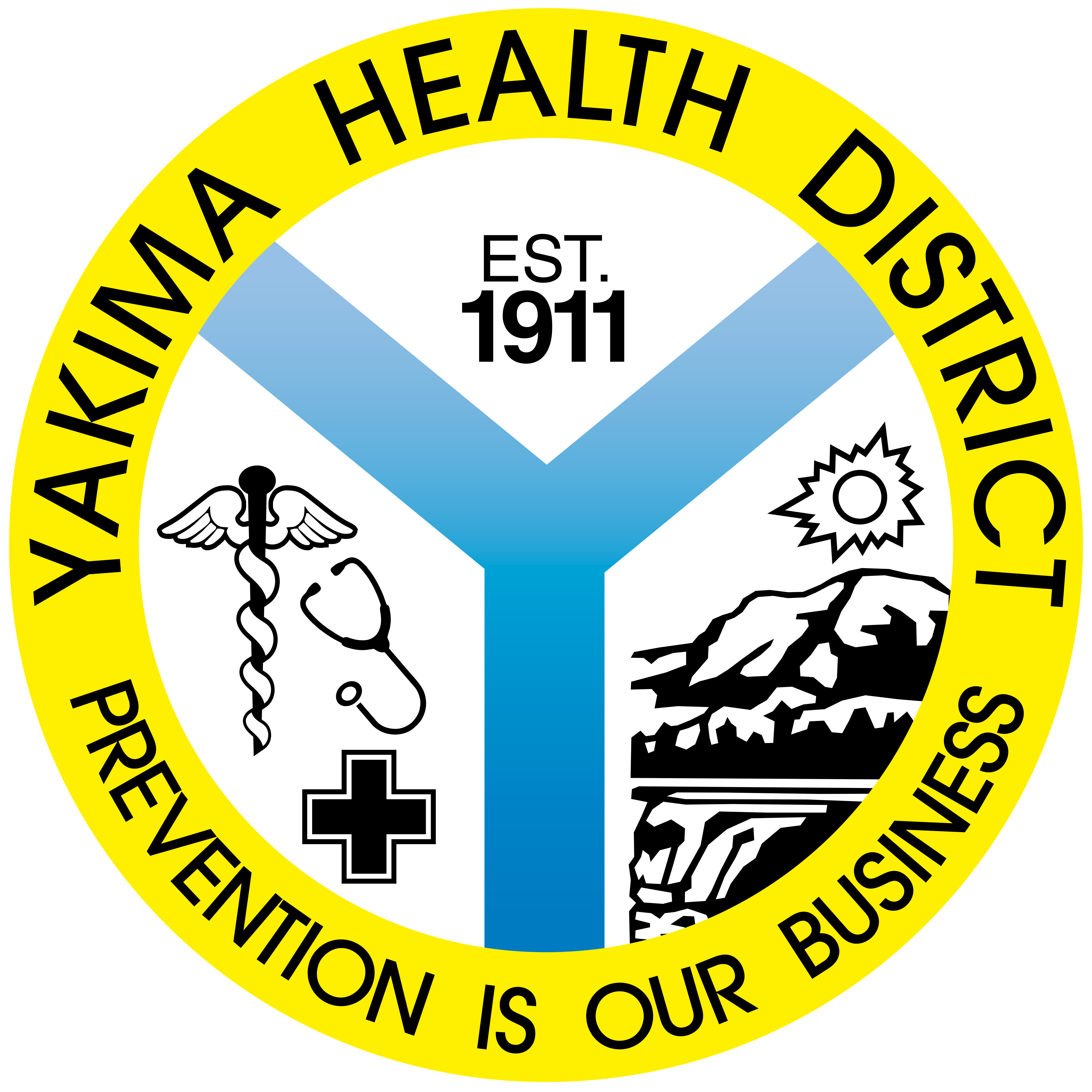
What procedures should our school follow if a student has head lice?
Head lice are tiny parasites that can live on the human head. They survive by sucking blood from the scalp. Lice eggs (called “nits”) can attach to strands of head hair. Lice can cause the head to itch, but have not been proven to cause disease.
Head lice are extremely common among children and adolescents. Students of any income, social or racial status can get lice. Lice are not a result of poor personal hygiene or unsanitary conditions in a home, community or school. However, lice historically carry a stigma of uncleanliness, so having lice can often be embarrassing for the affected students, parents, families and school.
The Health Department follows current recommendations from the American Academy of Pediatrics, the National Association of School Nurses and the federal Centers for Disease Control and Prevention to address head lice. These guidelines have changed in recent years: Students with lice no longer need to be immediately sent home and remain out of school until the lice and nits are gone.
As soon as lice are diagnosed:
- School nurse tells student not to share combs, brushes, caps, pillowcases or other things that touch their head.
- School nurse notifies the student’s parent/guardian their child has lice.
- School nurse gives parent/guardian treatment instructions, like special combs and shampoos that remove lice and nits. Treatment should begin that day at home, after school. Parent/guardian should wash things that may have touched their child’s head.
- Once appropriate treatment has started, student can return to school.
- Parent/guardian must be diligent and consistent in daily treatment to remove lice and nits.
- School nurse periodically follows up with parent/guardian to ensure treatment is ongoing.
- Student can remain in school as long as treatment continues until they’re free from lice and nits.
Resources for schools:
- National Association of School Nurses – Head Lice Management in the School Setting
- CDC – Head Lice Information for Schools
Resources for parents:
- Parent Letter: Exposure to Lice (English) (Spanish)
- American Academy of Pediatrics Healthy Children – Head Lice: What Parents Need to Know
- American Academy of Pediatrics Healthy Children – How to Help Prevent and Control the Spread of Head Lice
- National Association of School Nurses Lice Lessons – Facing Head Lice: A Guide for Families
